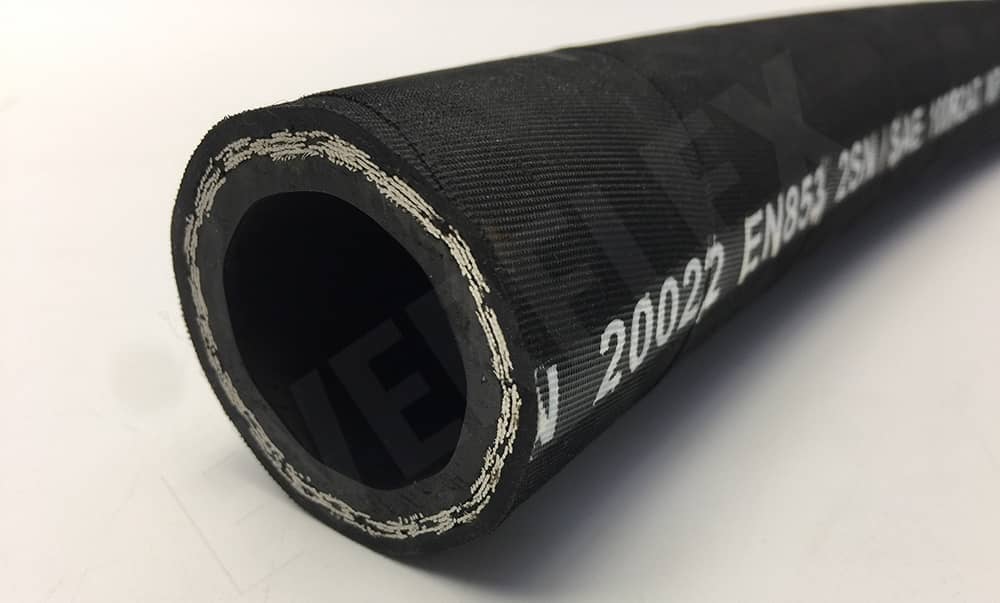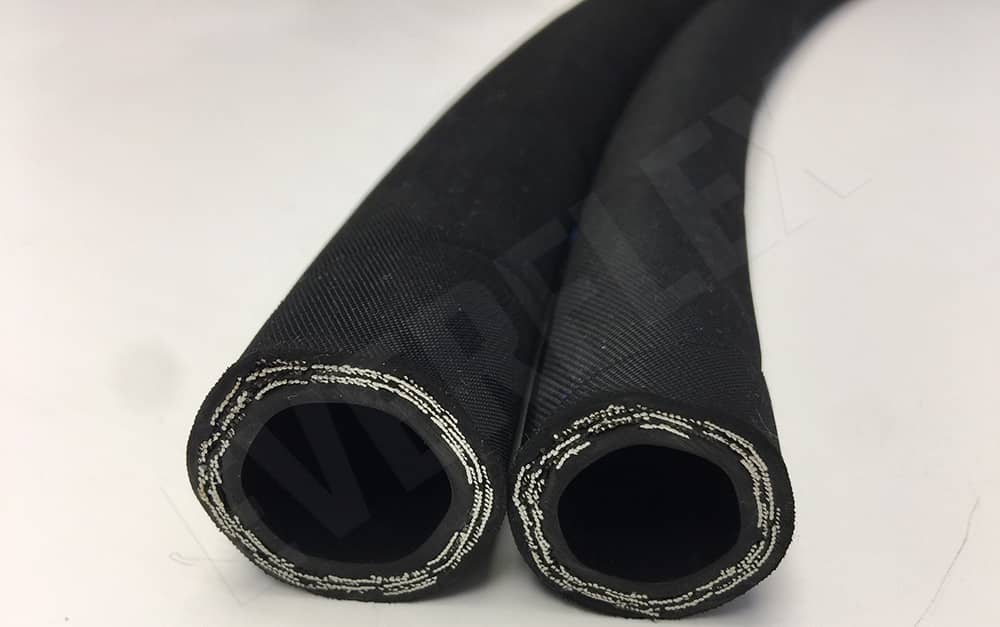There are many aspects that require attention during the use of hydraulic hoses to ensure their safe and reliable operation. Here are some important precautions for use:
Working pressure
The working pressure of the hydraulic hose should not be less than the maximum working pressure of the system. Normally, the rated working pressure of the hose should be at least 20% to 40% higher than the actual working pressure, especially in the case of frequent bending or frequent use, a higher safety factor should be selected.
Temperature limit
Note that the fluid temperature and ambient temperature, whether stable or instantaneous, must not exceed the temperature resistance limit of the hose. Too high or too low temperature may reduce the performance of the hose, causing damage to the hose and causing leakage. Under normal circumstances, the temperature of the medium transported by the hose and hose assembly should not exceed -40℃ to +120℃, otherwise it will reduce the service life.
Bending radius
The bending radius of the hose should not be too small. Because too small a bending radius will cause damage to the internal structure of the hose and shorten its service life. During installation, ensure that the hose has enough slack to avoid excessive stretching or compression.
Avoid torsion
The hose and hose assembly should not be used in a twisted state. Twisting may cause changes in the reinforcement layer structure and increase the risk of rupture.
Proper Handling and Storage
Hose and hose assemblies should be handled with care, should not be dragged on sharp and rough surfaces, and should not be bent or flattened. They should be stored in a dry, well-ventilated area away from heat and corrosive substances.
Regular Inspection
Regularly inspect hoses for signs of wear, cracks, bulging or other damage. Check that the joints are tight and leak-free. Loose joints may cause gas leaks or the hose to come loose.








